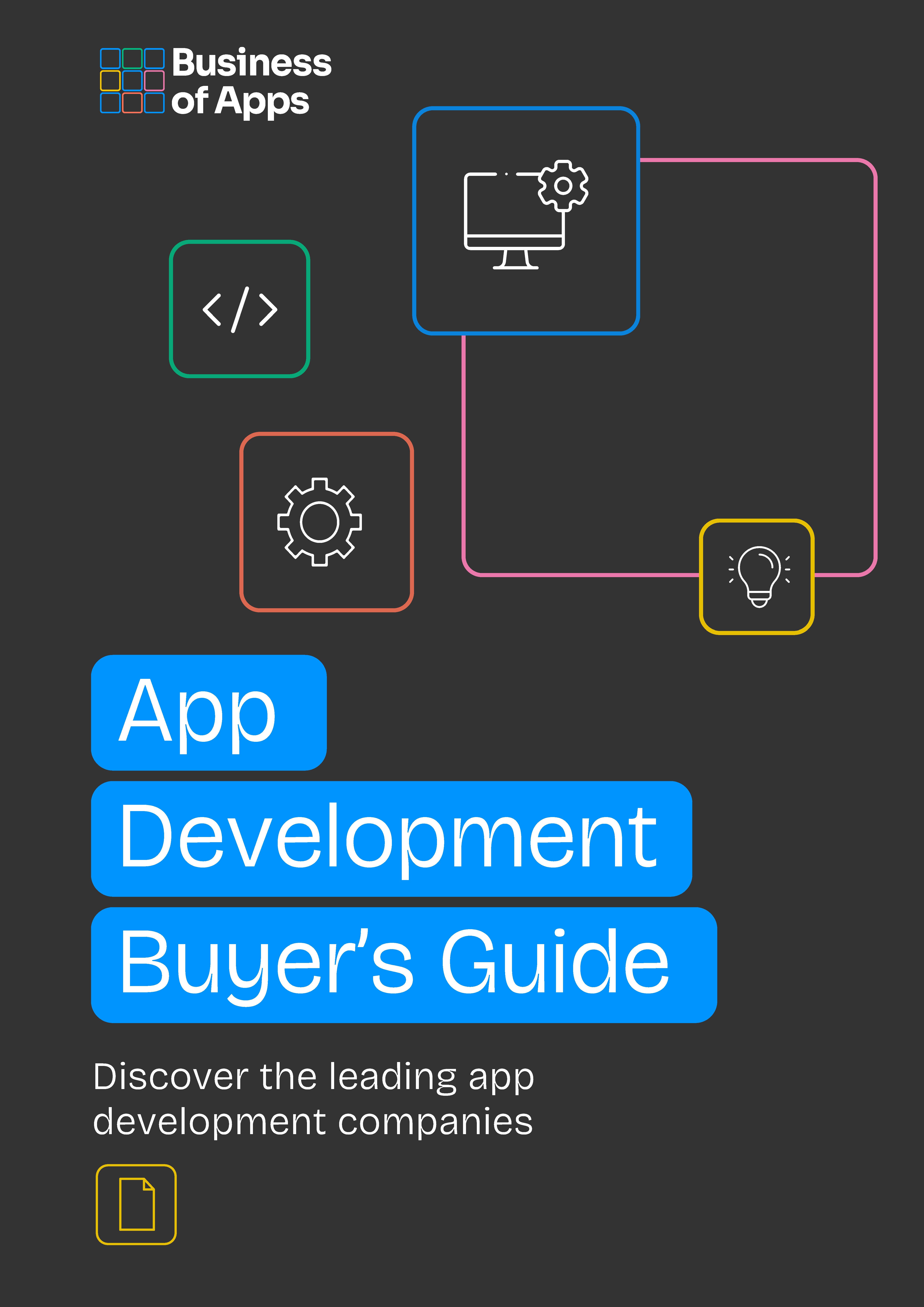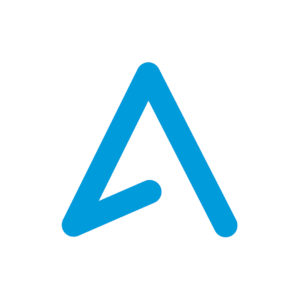This guide will walk you through what an NFT developer is, how they work, and how you can benefit from using them.
An NFT developer is a software developer who specializes in creating and deploying “non-fungible tokens” (known as NFTs) on blockchain networks.
NFTs are unique digital assets that are stored on a blockchain and cannot be replicated or exchanged for other tokens on a one-to-one basis.
An NFT developer is responsible for designing and implementing the smart contracts that define the ownership, transfer, and trading rules of these assets.
They may work with a variety of blockchain platforms, including Ethereum, Binance Smart Chain, and Solana.
You can find the best NFT developers in our directory below.
What is an NFT developer?
NFT stands for Non-Fungible Token. It’s a digital asset that represents ownership or proof of the authenticity of a unique item or piece of content, such as digital artwork or a tweet.
Unlike fungible assets such as cryptocurrencies, each NFT is one-of-a-kind and cannot be exchanged for something else at a fixed value.
NFT app developer example
 Source: App Digitally
Source: App Digitally
Mobile apps are starting to use NFTs in a variety of ways.
For example, some mobile games are incorporating NFTs as in-game items that players can collect, sell, or trade. This allows players to own their digital assets and potentially profit from them.
App Development Buyer's Guide
Download our App Development Buyer’s Guide to get a full list of the best service providers on the market to choose from. You will also learn about types of app developers, different app development platforms, app developer locations, app development costs, how to select the right one for your business, as well as the questions to ask any of those companies you will be evaluating.
Other mobile apps are using NFTs to create unique experiences for their users; a travel app could use an NFT to represent an exclusive experience, like a private tour of a famous landmark. By owning the NFT, the user would gain exclusive access to that experience.
How does NFT app development work?
NFT app development involves several steps, including:
- Defining the use case – The first step is to define the use case for the NFT app. This involves identifying the problem the app will solve and how NFTs can be used to enhance the user experience.
- Designing the app – Once the use case is defined, the app needs to be designed. This includes creating the user interface, defining the functionality of the app, and determining how NFTs will be integrated.
- Developing the app – With the design in place, the app can be developed. This involves writing the code for the app, integrating the NFT functionality, and testing the app to ensure it works as expected.
- Integrating with blockchain – NFTs are typically built on top of a blockchain platform, so the app needs to be integrated with the appropriate blockchain. This involves setting up a smart contract that defines the NFT standard and creating a wallet that can store and transfer NFTs.
- Launching the app – Once the app is developed and integrated with the blockchain, it can be launched to users. This involves marketing the app and making it available for download on app stores.
- Maintaining the app – Finally, the app needs to be maintained (over time). This includes fixing bugs, adding new features, and updating the app to ensure it remains compatible with the blockchain platform.
NFT app developer example
 Source: Fueled
Source: Fueled
NFT app development can involve a range of features and functionalities. Some of the most popular NFT-related features include:
- NFT marketplaces: These are platforms where users can buy, sell and trade NFTs. These marketplaces can be general-purpose or niche-focused.
- NFT creator apps: These apps allow users to create and mint their own NFTs. Users can upload their digital content, such as artwork or music, and convert it into an NFT.
- Digital wallets: Digital wallets are used to store and manage NFTs. These wallets are typically integrated with blockchain platforms and allow users to securely store and transfer their NFTs.
- Social media integrations: Some NFT apps may integrate with social media platforms, allowing users to share their NFTs with their followers.
- NFT game apps: NFT game apps are mobile games that incorporate NFTs as in-game items or rewards. Players can collect, trade, and sell these NFTs.
What do NFT developers do?
NFT developers are responsible for creating and deploying non-fungible tokens on various blockchain platforms.
They use programming languages such as Solidity to write smart contracts that define the unique characteristics and ownership rights of each NFT.
We’ve listed some of their other duties below.
Design and develop NFT
Designing and developing non-fungible tokens is a key responsibility of an NFT developer.
This involves creating digital assets that are unique, verifiable, and stored on a blockchain platform.
Create smart contracts
Creating smart contracts is another responsibility of an NFT developer.
Smart contracts are self-executing programs that run on a blockchain platform and can be used to automate the exchange of digital assets.
In the context of NFTs, smart contracts are used to define the properties and ownership rights of each NFT.
Integrate blockchain platforms
To integrate a blockchain platform, an NFT developer must have a strong understanding of the platform’s architecture and protocols.
They must be able to interact with the platform’s APIs and SDKs to perform tasks such as creating new wallets, minting new NFTs, and transferring ownership of existing NFTs.
NFT app developer example
 Source: PixelPlex
Source: PixelPlex
Tokenize assets
Tokenization involves converting a physical or digital asset into a unique digital token that can be stored on a blockchain platform.
This enables the asset to be traded and transferred in a secure and transparent manner.
Develop NFT marketplaces
NFT marketplaces are digital platforms that enable creators and collectors to buy, sell, and trade NFTs.
These marketplaces may be general-purpose platforms that support a wide range of NFTs, or they may be specialized platforms that focus on specific types of NFTs, such as digital art or collectibles.
What are the benefits of hiring NFT app developers?
There are several benefits of hiring NFT app developers to create and manage your NFT app.
We’ve detailed them below.
Safer transactions
NFTs are created using blockchain technology, which ensures that each is unique, verifiable, and stored in a transparent and tamper-proof manner.
This means that when you buy or sell an NFT, you can be confident that the transaction is secure and transparent.
Real-time purchases
NFTs enable instant and secure transactions, allowing buyers and sellers to complete transactions in real time.
When you buy an NFT, the ownership of the asset is transferred to your digital wallet instantly.
Reduces fraud risks
NFTs can help reduce fraud risks compared to traditional methods of buying and selling assets.
In a traditional asset purchase, there is a risk of fraud or error, such as counterfeit assets, false ownership claims, or incomplete or incorrect transfer of ownership.
However, with NFTs, each asset is unique and verifiable, and the ownership of the asset is recorded on the blockchain (which cannot be altered or disputed).
NFT app developer example
 Source: Tekrevol
Source: Tekrevol
Secure ownership over digital creations
Up to this point, it has been difficult to establish ownership over digital creations such as digital art, music, and videos.
However, with NFTs, creators can potentially establish ownership over their digital assets in a secure and verifiable way.
More revenue opportunities
Creators can create NFTs that represent unique digital assets, such as artwork or collectibles, and sell them to collectors on various marketplaces.
This provides a new way for creators to monetize their digital creations while also providing collectors with a unique and verifiable way of owning a piece of digital content.
Effective traceability
NFTs provide effective traceability for digital assets, enabling creators, buyers, and sellers to track the ownership and history of a digital asset.
When an NFT is created, it is assigned a unique digital identifier that gets stored on the blockchain. This identifier is used to track the ownership and history of the NFT and provides a secure and transparent way of verifying the authenticity and ownership of the digital asset.
How much does it cost to create an NFT?
It varies. Factors that determine the development costs of NFTs include the tech stack used, the types of blockchain and storage platforms, the NFT standards adhered to, the frontend and backend structures, third-party integrations, and any additional server costs incurred during development.
All of these factors must be carefully considered in order to accurately estimate the cost of developing an NFT.
Tech stack
Tech stack refers to the set of technologies and programming languages used to develop an NFT.
The specific tech stack utilized will depend on the requirements of the project and the preferences of the development team.
Some common technologies used in NFT development include Solidity, JavaScript, HTML, and CSS.
Other tools and frameworks, such as Truffle, Web3.js, and Ganache, may also be used in the development process.
The choice of tech stack will have a significant impact on the development timeline, as well as the overall cost of the project.
Types of blockchain and storage platforms
Different blockchains have different features, capabilities, and complexities, and the choice of blockchain will depend on the requirements of the project.
Some popular blockchains used for NFT development include Ethereum, Binance Smart Chain, and Flow.
In terms of storage platforms, IPFS (known as InterPlanetary File System) is a popular choice for storing NFT metadata and images.
The complexity of each platform will vary, and this will influence the amount of time and resources required to develop the NFT.
NFT standards
NFT standards are a set of guidelines and specifications that define how NFTs are created, stored, and transferred.
These standards help ensure compatibility between different NFTs and platforms.
Some of the most popular NFT standards include ERC-721 and ERC-1155, both of which are used on the Ethereum blockchain.
NFT app developer example
 Source: Apptunix
Source: Apptunix
Frontend and backend structures
The frontend structure is responsible for creating the user interface that allows users to interact with the NFT, while the backend structure handles the logic and data processing required to manage the NFT.
In terms of front-end development, technologies such as HTML, CSS, and JavaScript are commonly used to create responsive and user-friendly interfaces.
On the backend side, programming languages such as Solidity and JavaScript are used to create smart contracts and manage the NFT data.
Third-party integrations
Third-party integrations are another important factor that affects the cost of NFT development.
Integrations can include anything from payment gateways to social media platforms, allowing NFT creators to expand the reach and functionality of their NFTs.
Additional server costs
Additional server costs are one of the factors that can impact the cost of NFT development. These costs can include expenses related to hosting, storage, and bandwidth usage.
The cost of these solutions will depend on factors such as the amount of storage and bandwidth required, the location of the server, and the level of security and redundancy needed.
Average costs
Some average costs for NFT app development niches can be found below:
- Gaming – ranges between $50,000 – $150,000
- Art-focused – ranges between $75,000 – $200,000
- Collectibles – ranges between $100,000 – $250,000
- Real estate – ranges between $150,000 – $300,000
Work with top NFT app developers
Working with top NFT app developers can offer many benefits.
These developers have years of experience in the field, so they can help you avoid common pitfalls and make informed decisions. They can also guide you through the complex technical aspects of NFT app creation and distribution, ensuring that your project meets industry standards and runs smoothly.
Top NFT app developers often have extensive networks and can connect you with other professionals in the industry, such as artists, investors, and collectors. By working with the best, you can ensure that your NFT project succeeds.
You can find the top NFT developers and development companies below.






